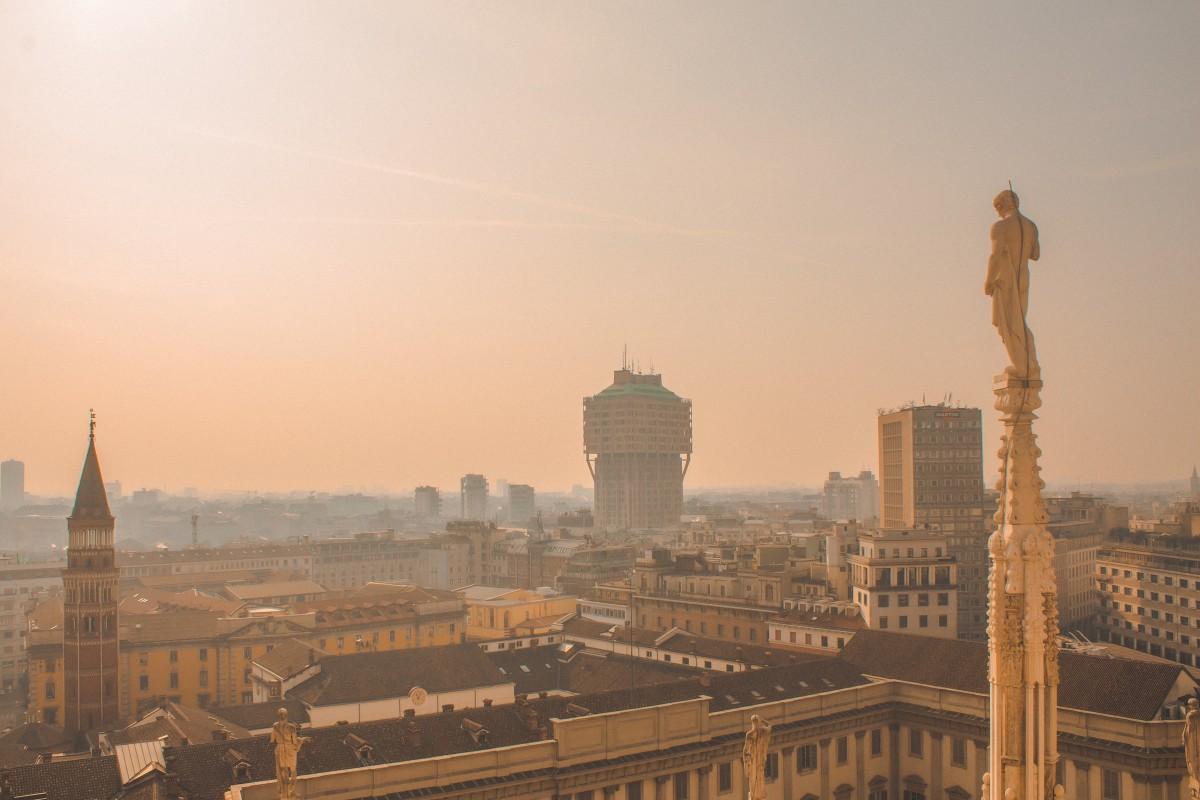
2022 was not a good year on the pollution front in Italian cities. According to Legambiente, which published the report "Mal'Aria di città 2023: cambio di passo cercasi" (Bad Air in Cities 2023: a change of pace wanted), last year 29 cities out of 95 exceeded the daily PM10 limits. The smog emergency therefore remains high, also considering the European targets set by the new European Directive on air quality that will come into force on 1st January 2030. The document highlighted the data for 2022 in the provincial capitals, both in terms of fine particulate matter (PM10, PM2.5) and nitrogen dioxide (NO2) levels.
Which Italian cities are the most polluted?
According to the findings of the Legambiente report, as many as 29 of the 95 cities monitored have exceeded the current regulatory limits of PM10 (35 days per year with a daily average of more than 50 micrograms/cubic metre).
The Italian cities that have doubled the number of permissible excesses allowed are:
Turin (98 days in excess)
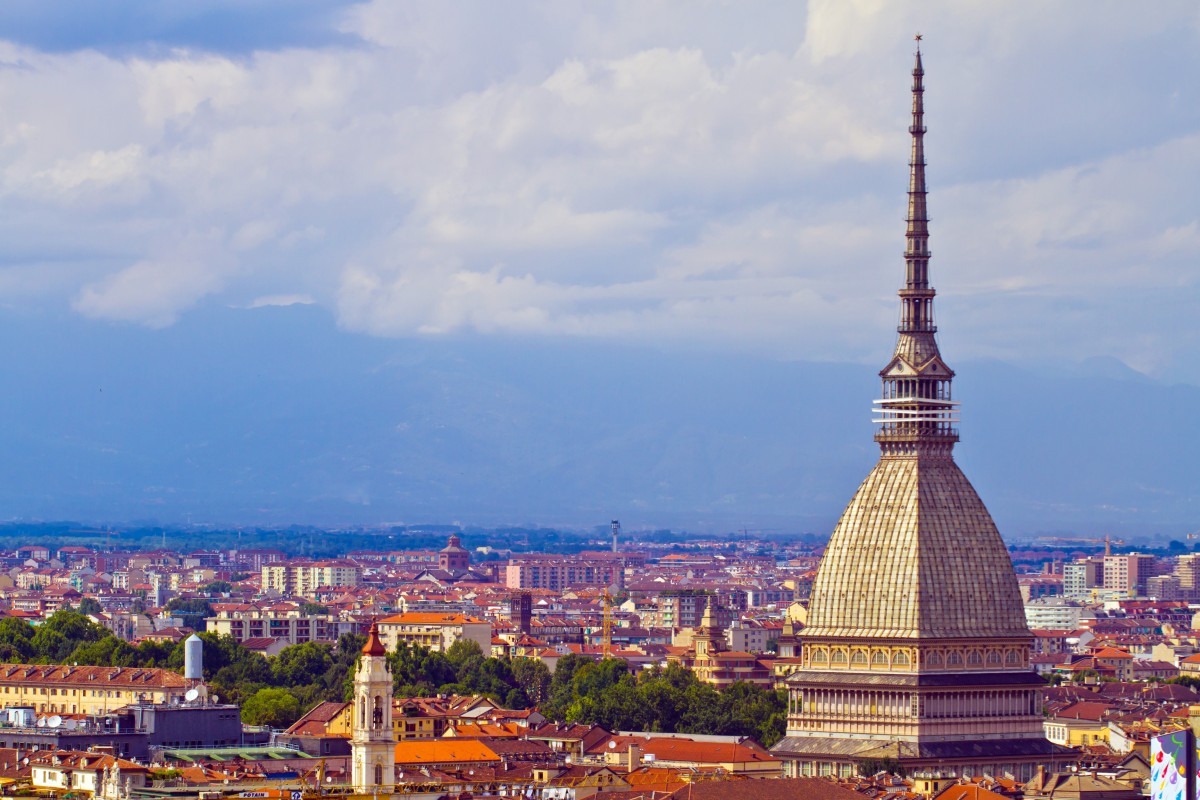
Milan (84 days in excess)
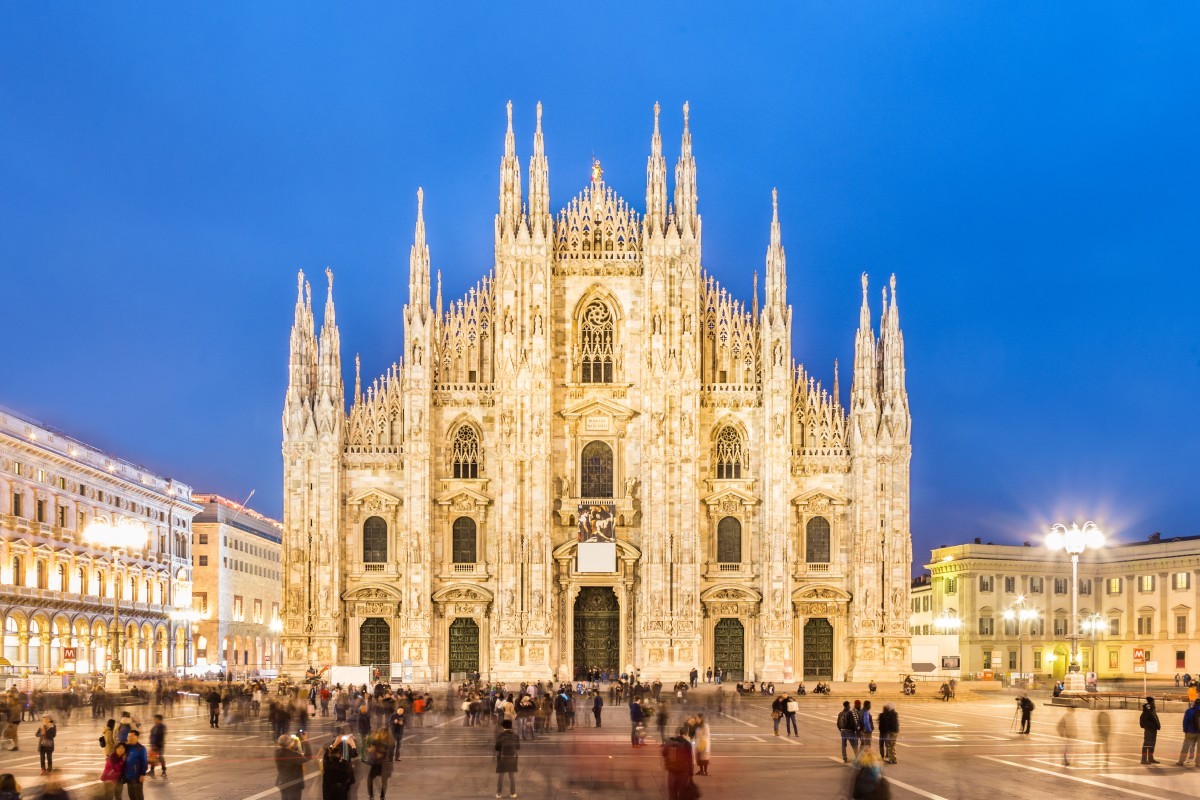
Asti (79 days in excess)
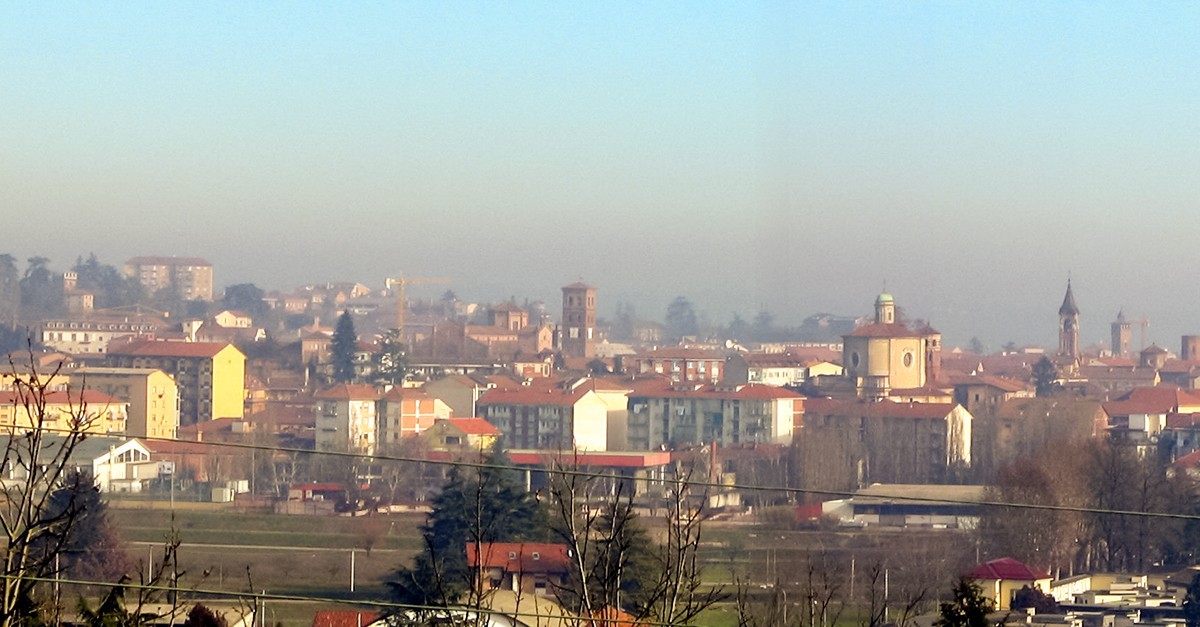
Modena (75 days in excess)
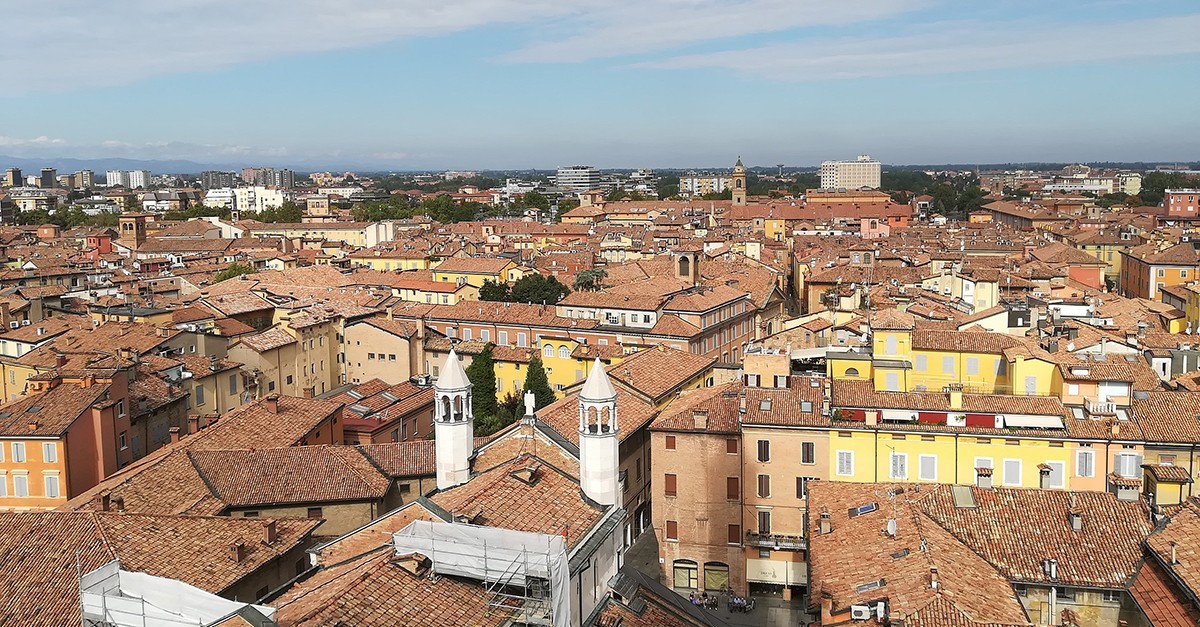
Padua (70 days in excess)

Venice (70 days in excess)
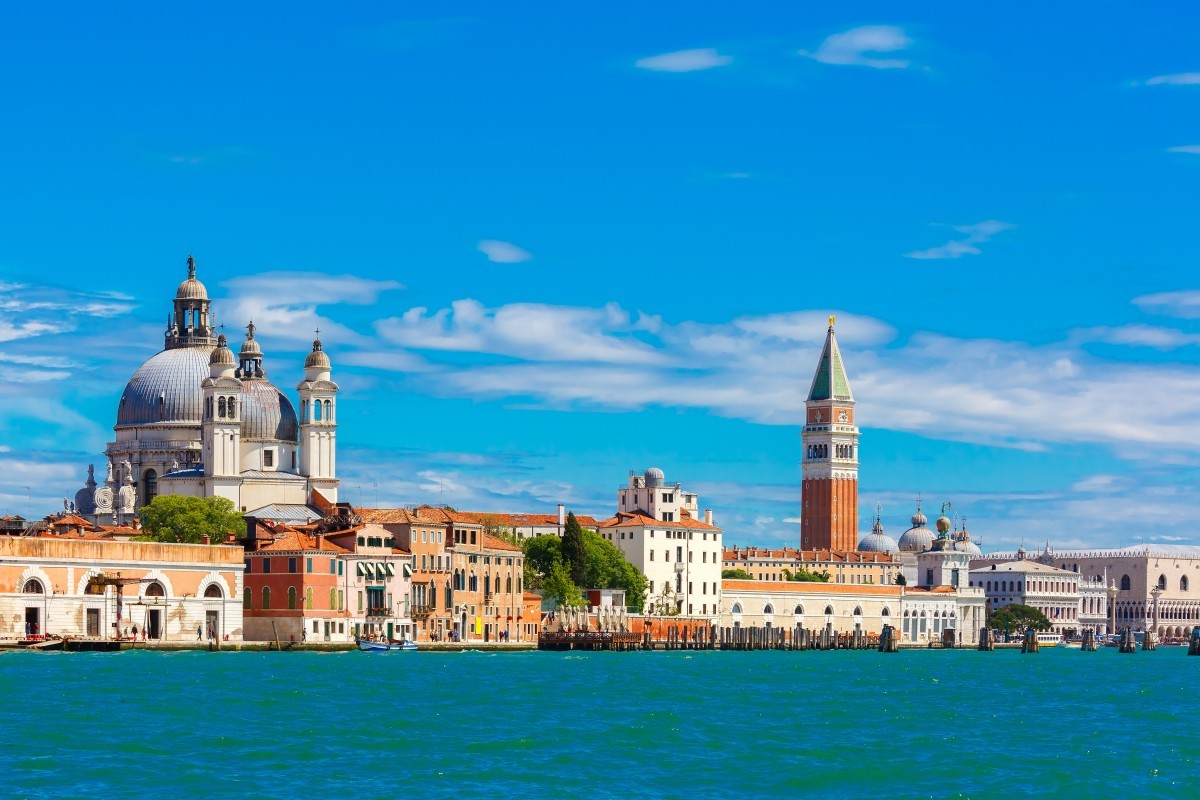
The report then highlighted other cities experiencing critical pollution levels, stating the number of days where the city exceeded the current regulatory limits on PM10:
- Cremona (67 days)
- Treviso (66 days)
- Mantua (65 days)
- Rovigo (65 days)
- Reggio Emilia (64 days)
- Alexandria (63 days)
- Ferrara (61 days)
- Ferrara (61 days)
- Frosinona (61 days)
- Brescia (60 days)
- Vicenza (60 days)
- Lodi (59 days)
- Verona (59 days)
- Monza (58 days)
- Pavia (55 days)
- Piacenza (47 days)
- Andria (47 days)
- Parma (46 days)
- Novara (43 days)
- Rimini (42 days)
- Ragusa (41 days)
- Ravenna (37 days)
- Como (37 days)
- Rome (36 days)
The report underlined that the cities that have to work harder to reduce their concentrations and adapt to the new objectives (20 µg/mc not to be exceeded for PM10, 10 µg/mc for PM2.5, 20 µg/mc for 'NO2) are: Turin and Milan (43 % reduction required), Cremona (42 %), Andria (41 %) and Alessandria (40 %) for PM10; Monza (60 %), Milan, Cremona, Padua and Vicenza (57 %), Bergamo, Piacenza, Alessandria and Turin (55 %), Como (52 %), Brescia, Asti and Mantova (50 %) for PM2.5; Milan (47%), Turin (46%), Palermo (44%), Como (43%), Catania (41%), Rome (39%), Monza, Genoa, Trento and Bolzano (34%) for NO2.
Pollution in Italian cities: Legambiente's proposals
What is Italy doing to reduce air pollution? To combat pollution in Italian cities, Legambiente has proposed a series of measures:
- The transition from Ztl (limited traffic zones) to ZEZ (zero emission zones).
- LEZs also for heating.
- Empowerment of Public Transport and Mass Rapid Transit (MRT).
- Shared mobility.
- Redesign of urban public space on a human scale, "15 minute city", road safety towards "Vision Zero", "30" per hour city.
- All electric in the city, even before 2035, thanks to the progressive expansion of ZEZs, the tripling of the registration of electric buses and the establishment of ZED (Zero Emissions Distribution) districts.